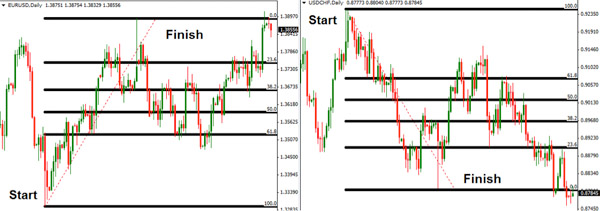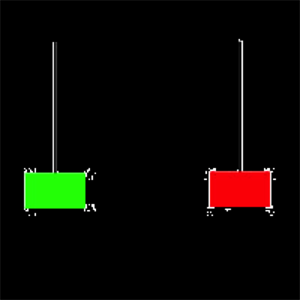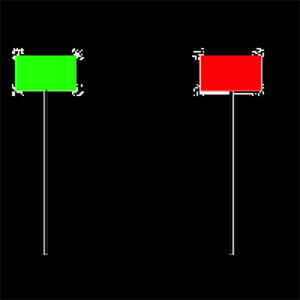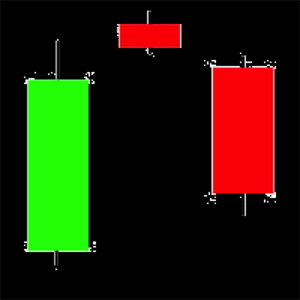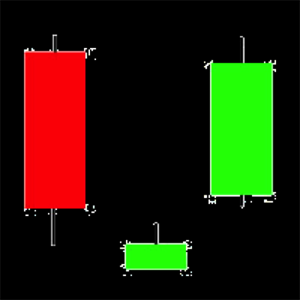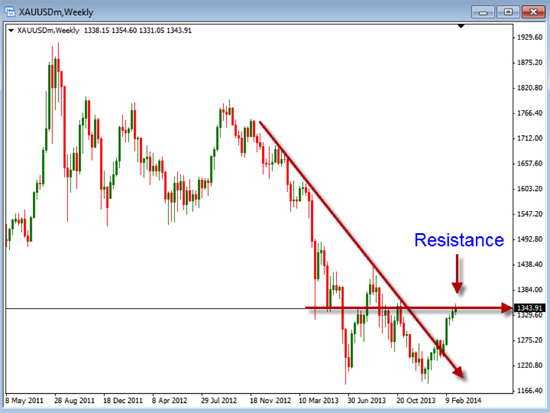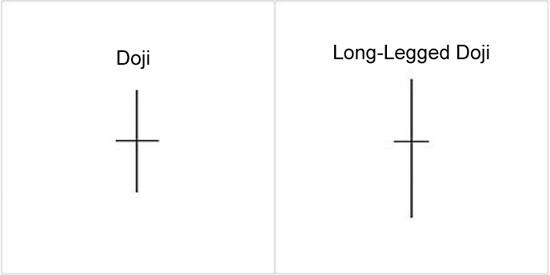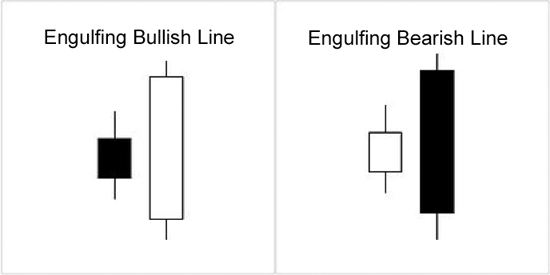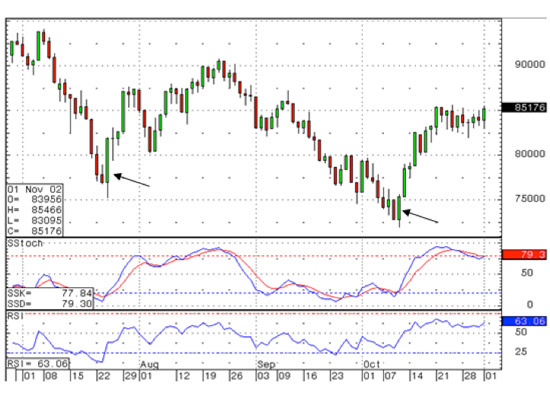For several years now, a very popular investment choice among traders and investors has been ETFs, which are Exchange Traded Funds. They are most analogous to mutual funds in the respect that they are comprised of a portfolio of stocks or other assets, but they move more similarly to stocks and can be traded like stocks.
A mutual fund is created by an investment company or an insurance company that pools investor dollars together using the money to purchase large blocks of whatever type of securities the fund was created to invest in. There are many different types of mutual funds that are very common, such as stock funds, bond funds, and index funds. One of their biggest benefits is the diversification that they provide to their investors; however, they can be very cumbersome in some respects. They are not easily bought and sold on open exchanges, they are only priced once each day when the market closes, their internal costs can be very high, the commission structure to purchase them can be cost prohibitive for shorter term moves because it can be based on a percentage of the amount invested and, in some cases, you need to buy them through financial planners or stock brokers.
ETFs have a similar structure to mutual funds in the respect that they are diversified, there are the same, or similar, types of ETFs as there are mutual funds, they are comprised of pools of securities of individual companies or assets, and ETFs that invest in metals may actually hold the metal, such as gold bullion. ETFs are traded, just like stocks, on open exchanges with constant updates to their pricing, which makes moving into them and back out of them very easy and fluid. You can hold them for the long or intermediate-term or you can trade in and out of them regularly. Their commission structure is the same as it is for stocks. So if you use a good discount stockbroker, the commission can be so small it won’t have much of an affect on the outcome of the investment. Mutual funds can only be purchased and are held until they go up, but ETFs can be sold short.
There are a variety of ETFs that are available, such as leveraged ETFs and inverse ETFs. Leveraged ETFs are designed to move 2 or 3 times more than their underlying investments, which means that if you purchase shares of a leveraged gold ETF, the price movement, on a percentage basis, will be a multiple of times greater than the actual price moves of gold. Inverse ETFs are an interesting concept because their entire portfolio consists of short positions; this means that, as the underlying positions that are held in the ETF drop in value, the value of the ETF itself goes up, which can be very useful under certain circumstances in some specific types of accounts.
Generally speaking, when it comes to investing in ETFs or trading them, you really can get the benefits of both worlds. You can get the fluidity and low cost of trading stocks, while you have the diversification of the pooled investment concept of mutual funds. They also make trading or investing in specific sectors very easy, which includes the S&P 500, the Dow 30, European stock averages, gold and silver and other, very specific commodities and industries. Most of the larger, high-volume ETFs will be optionable, which can also be a huge benefit over mutual funds.
While there is no “one size fits all” when it comes to investing, ETFs should at least be considered as possible additions to investors and traders portfolios, due not only in large part to the aforementioned benefits, but also because of the simplicity of trading them and the wide variety of opportunities that they provide. If it is likely that there will be something good or bad happening in a given industry, economic sector, or region of the world, ETFs can allow you to participate in whatever opportunity comes from it without a lot of difficulty and without having to take the time to follow specific stocks from the region or industry.
